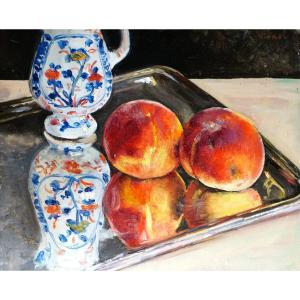First half of the 20th century.
STILL LIFE WITH FRUITS
Signed lower right.
27 x 22 without frame
36.5 x 45 with frame
André-Léon Vivrel French (1886-1976) It was with his mother that André Vivrel took his first painting lessons. An excellent amateur painter, she quickly recognized her son's talent and encouraged him to acquire a good artistic education. He enrolled at the Jullian academy, in the workshop of Paul-Albert Laurens. There he learned both rigor and a taste for freedom. He continued to develop these qualities at the School of Decorative Arts, where he studied with Marcel Baschet and Henri Royer. The war Vivrel was twenty-eight years old when the war broke out. He barely had time to begin his career, exhibiting at the Salon des Artistes français in 1913 and 1914. He participated in combat throughout the conflict and was decorated in 1917 with the Croix de Guerre for heroism. Painting as a drug At the end of the conflicts, he returned to his Montmartre studio, rue Caulaincourt, and began to paint again with determination, to compensate for what he felt was one of the lost years for painting. It continues in the vein of the portrait that he had inaugurated with a self-portrait with his mother and his young wife just before his last departure for the front. But his painting is characterized above all by the diversity of his inspirations, still life, portrait, nudes and of course landscape. He cannot do without painting, the practice of his art is completely addictive. But, very perfectionist, he does not hesitate to destroy works that seem unworthy of his hopes. He presented his paintings at the Salons, mainly nude paintings and portraits of Breton women, and at the same time, became passionate about landscapes, deploying a technique derived from impressionism. He paints on the subject, striving to restore with great interiority the first "instant impression" (in his own words) that his subject makes on him. His first personal exhibition took place in 1920, and the same year, the State bought two still lifes from him. Successes between the wars He exhibited at the Salon des Indépendants, and won an award in 1926 for a view of the Port of Camaret. His paintings are very successful, both for their impeccable technique but also for their inspiration, which ranges from the exaltation of times gone by (The Time of Cherries) to the magnification of the feminine ideal of the 1930s. They are rewarded almost every year. Apart from his personal exhibitions, Vivrel participates in prestigious group exhibitions. We must especially mention the exhibition at the Galerie Th. Briant, in 1933, where the works of Vivrel rubbed shoulders with those of Pierre Bonnard, Henri Lebasque and Pablo Picasso. Vivrel undertakes journeys in search of new visual impressions. His seascapes, in particular, and his swimming scenes have ensured him the favor of the public. In 1926, he began a series of trips to Brittany, marked in 1934 by a change of perspective: that year, his paintings were more devoted to the skies than to the sea. In 1937, Vivrel received a silver medal at the International Exhibition of Arts and Techniques in Paris, then in 1939 a gold medal at the Salon of French Artists for a painting entitled Les Baigneuses. Fidelity to instant printing During the Second World War, the Galerie de Berri organized an exhibition in May 1942: Vivrel – recent paintings. In his studio in Montmartre, Vivrel continues to paint according to his principles: restoring an emotion through a faithful representation of reality. Throughout his life, he remained faithful to the landscapes that made him famous. He is indifferent to the search for ambient modernity, as well as to changes in style. Restoring his inner emotion is his only concern. In this respect, his paintings are of absolute sincerity and honesty. He died on June 7, 1976 in Bonneville-sur-Touques.






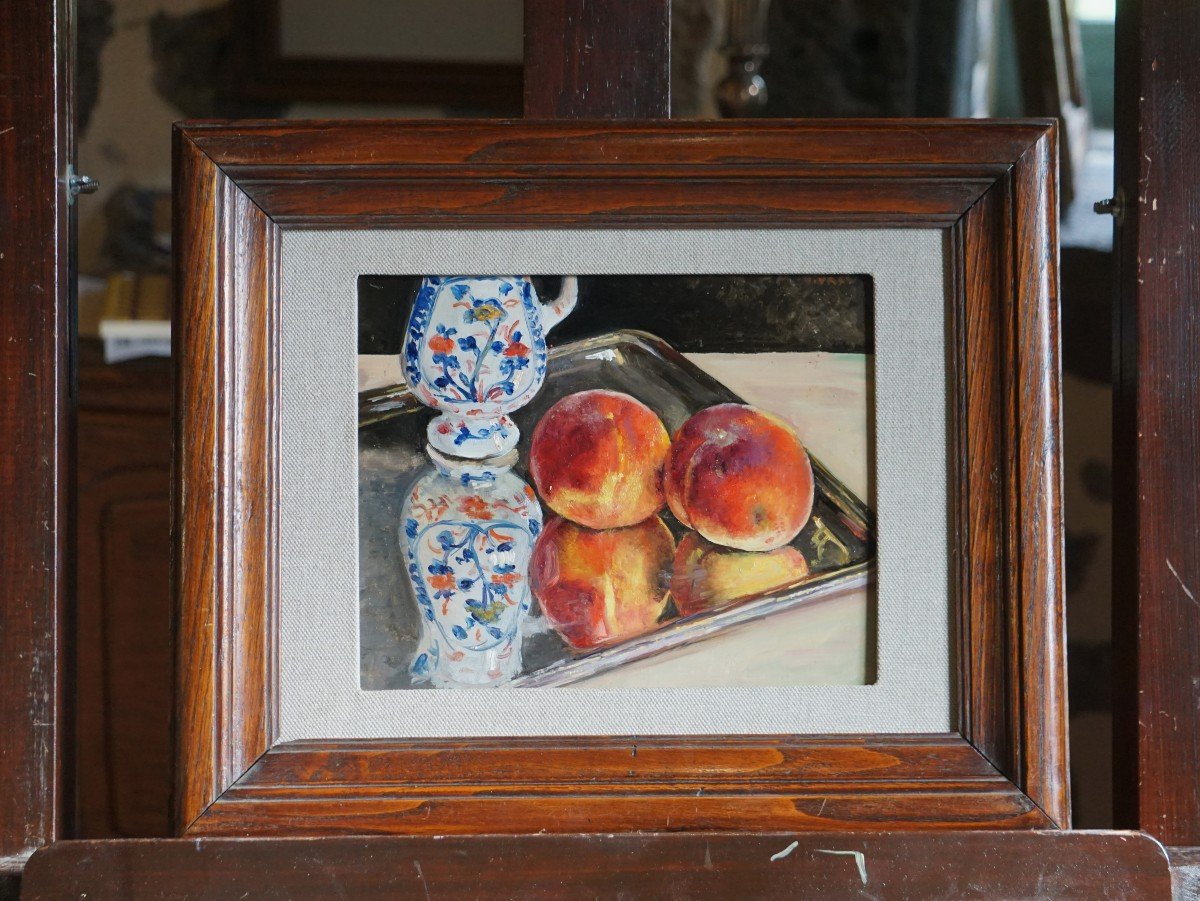





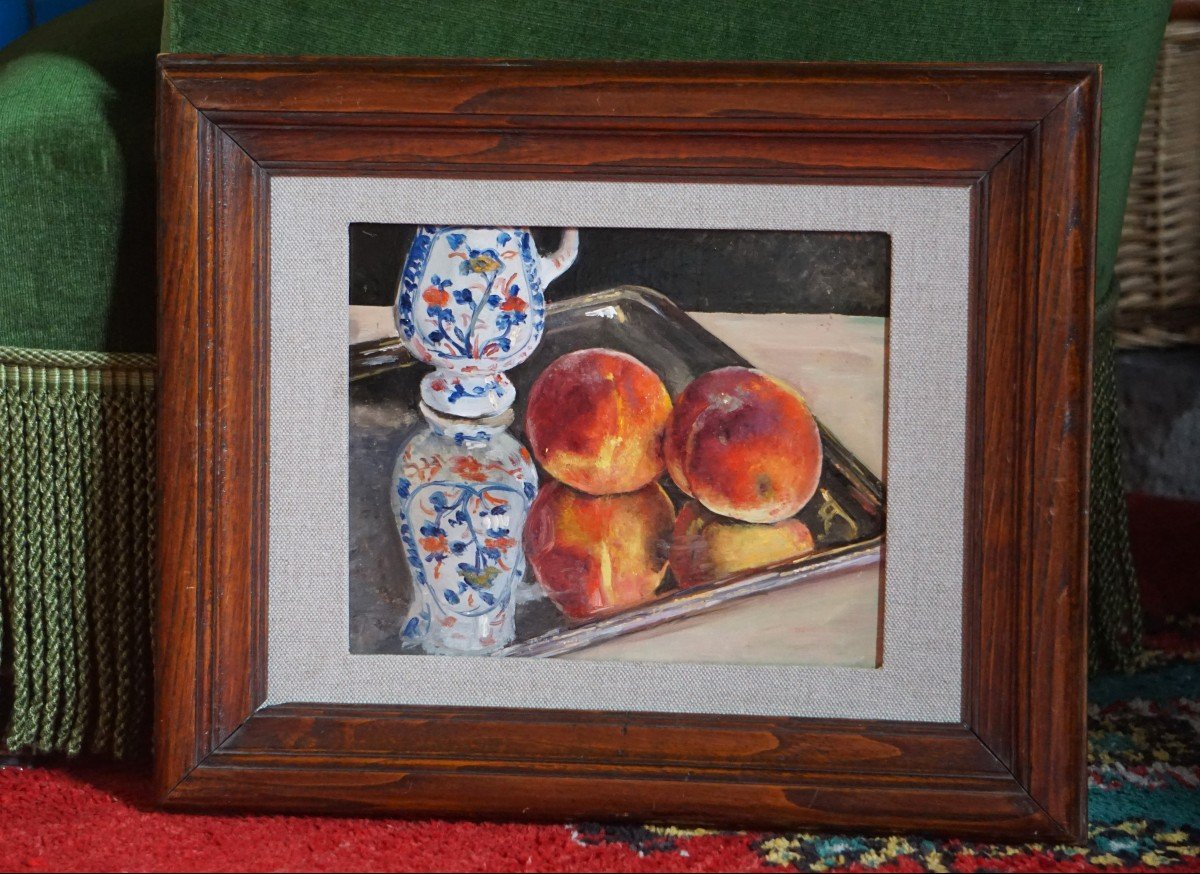


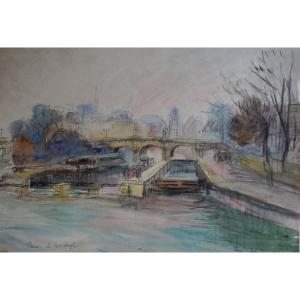


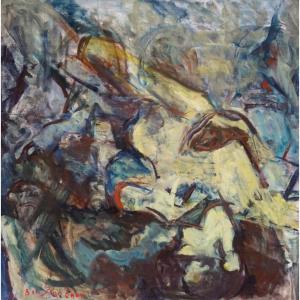


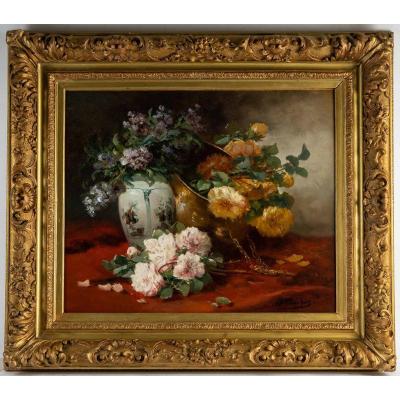
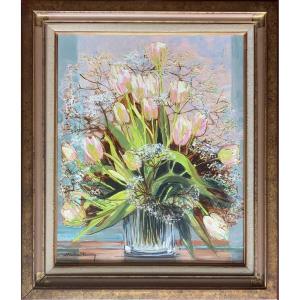


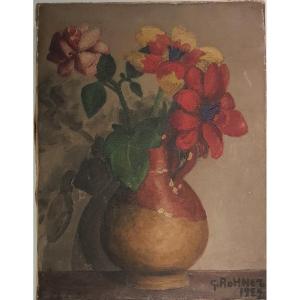
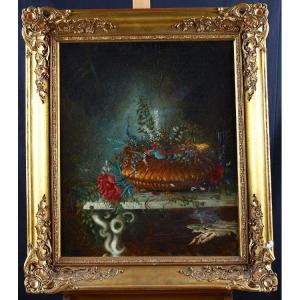



 Le Magazine de PROANTIC
Le Magazine de PROANTIC TRÉSORS Magazine
TRÉSORS Magazine Rivista Artiquariato
Rivista Artiquariato
